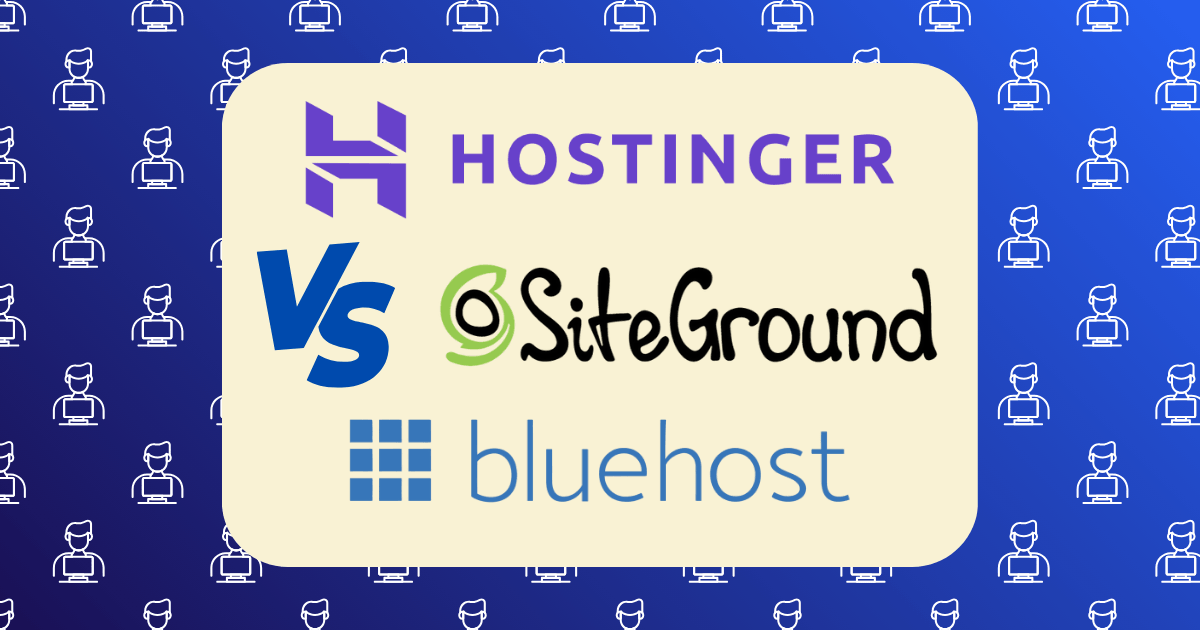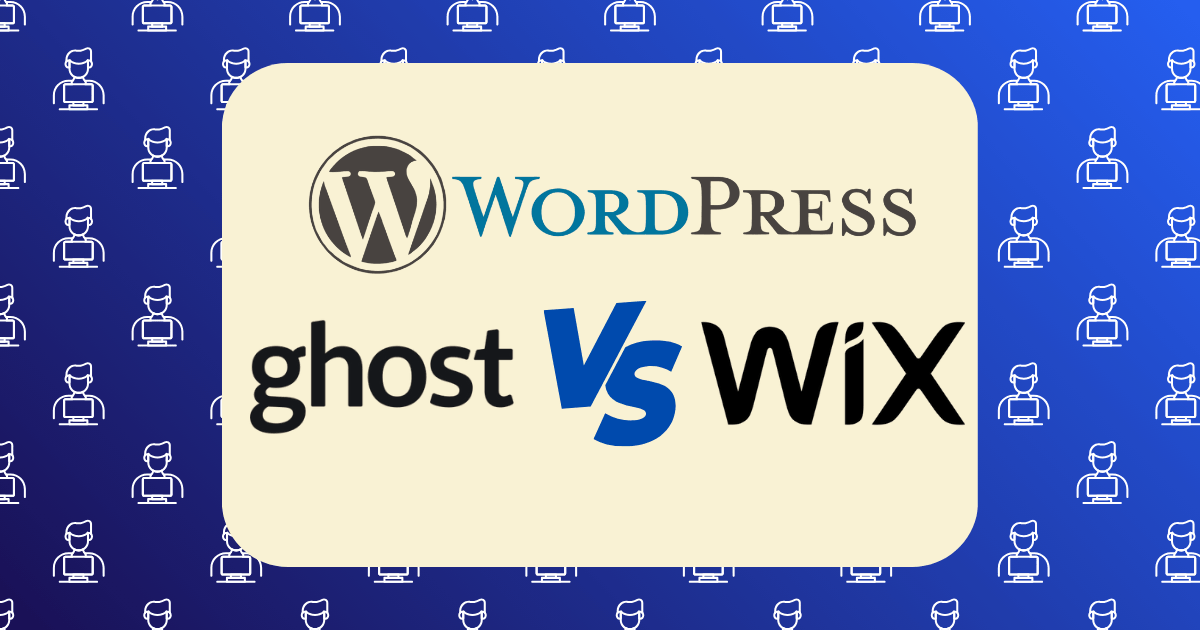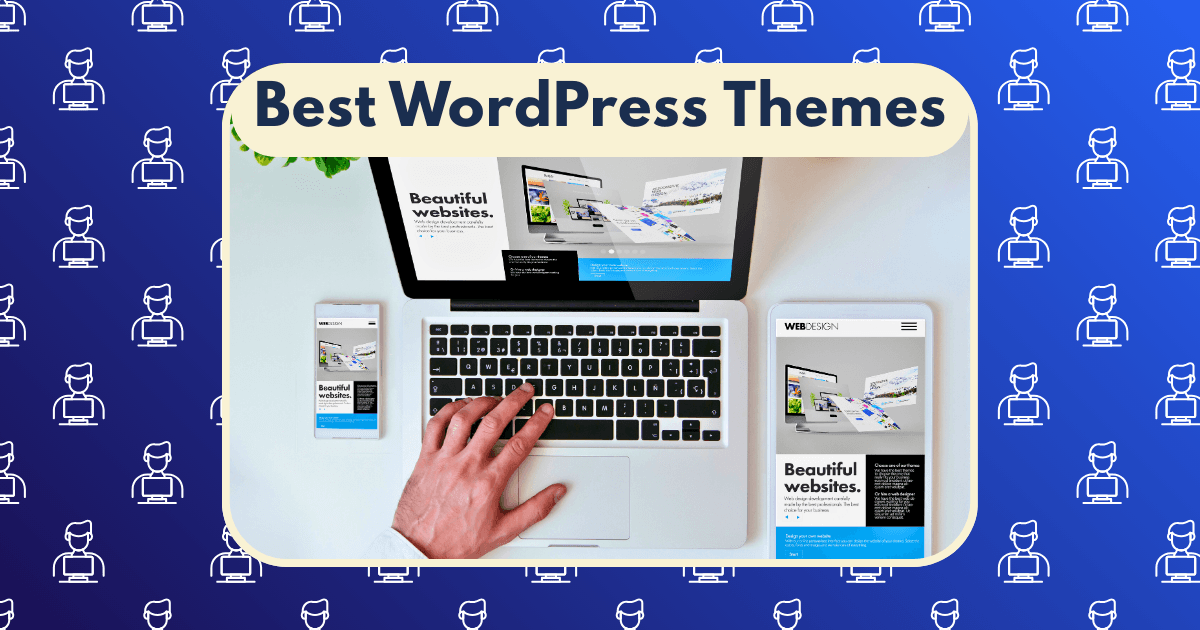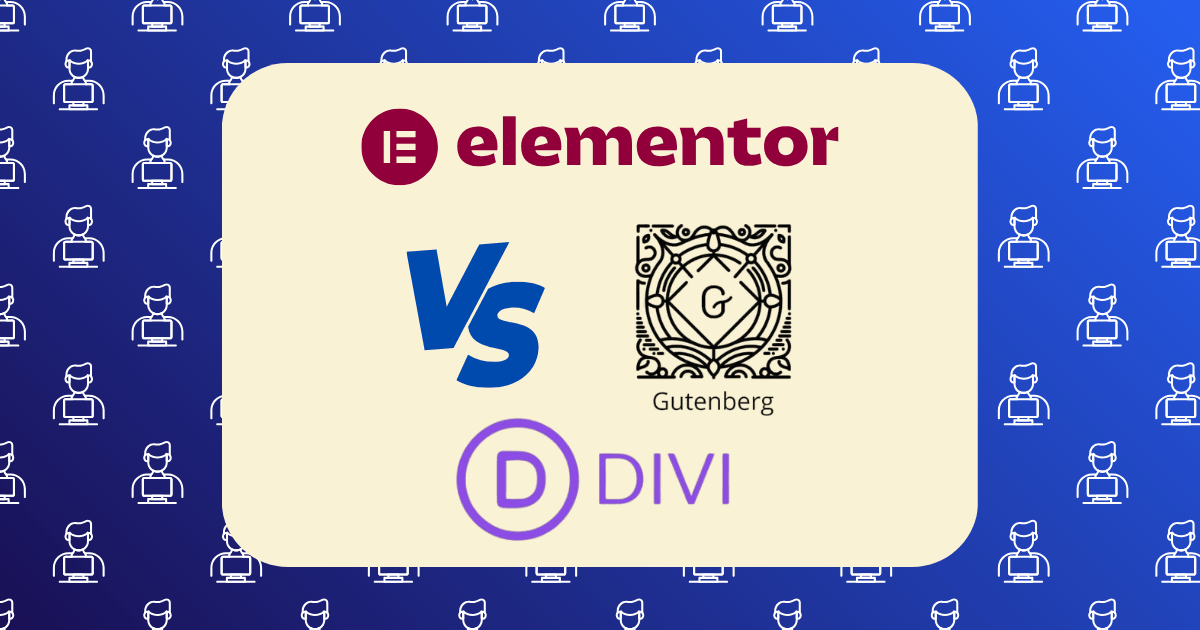The Guest Posting Strategy That Landed Me on 20 Authority Sites in 3 Months

When I first decided to leverage guest posting as part of my content strategy, I had no idea how transformative it would be. After years of struggling to gain traction with my own site, I developed a systematic approach that secured placements on 20 high-authority websites within just three months. This wasn’t luck—it was a deliberate strategy that yielded measurable results: a 156% increase in referral traffic, 43 high-quality backlinks, and a domain authority boost from 28 to 42.
In this post, I’ll break down exactly how I did it, including the tools, templates, and tactics that made all the difference.
Why Guest Posting Still Works in 2025
Despite claims that guest posting is dead, the data tells a different story. According to Copy.ai’s research, 79% of editors still view guest blogging as an effective content marketing tactic. The key difference between success and failure lies in your approach.
As OptinMonster’s guide highlights, companies like Buffer have leveraged guest posting to attract over 100,000 customers. Their co-founder wrote more than 150 guest posts in nine months, dramatically scaling their user base.
The rules have changed, however. In 2025, quality trumps quantity, and relationship-building matters more than ever.
The 5-Phase Strategy That Changed Everything
Phase 1: Strategic Target Selection (Week 1)
My first mistake in previous guest posting attempts was targeting the wrong sites. This time, I created a strategic framework for identifying ideal targets:
- Domain Authority Filter: I used Moz’s Domain Authority tool to focus exclusively on sites with a DA of 50+.
- Engagement Analysis: Rather than just looking at metrics, I analyzed comment sections and social shares to ensure active readership.
- Content Gap Identification: For each potential site, I conducted a content audit using Ahrefs Content Gap tool to identify topics they hadn’t covered but would appeal to their audience.
- Competitor Backlink Analysis: I analyzed where my top three competitors had guest posted using SEMrush’s Backlink Analytics and added relevant sites to my target list.
This approach yielded 47 high-potential targets—more than enough to reach my goal.
Phase 2: Relationship Building Before Pitching (Weeks 2-3)
Cold pitching yields cold results. Instead, I spent two weeks warming up relationships:
- Strategic Commenting: I left thoughtful, value-adding comments on recent posts, referencing specific points from the articles.
- Social Media Engagement: I followed editors and site owners on Twitter and LinkedIn, engaging meaningfully with their content.
- Content Amplification: I shared their content with my audience, tagging them and adding my own insights.
- Email Newsletter Subscription: I subscribed to their email lists and occasionally replied with genuine feedback.
This groundwork was crucial. By the time I pitched, many editors already recognized my name from these interactions.
Phase 3: The Perfect Pitch Process (Week 4)
With relationships established, I developed a pitching system:
- Research-Backed Topics: Each pitch included 3-5 topic ideas based on analyzing the site’s top-performing content using BuzzSumo.
- Personalized Value Proposition: I clearly articulated why my perspective was unique and how it would benefit their specific audience.
- Credibility Proof: I included links to my best published work, focusing on pieces most relevant to their niche.
- The 3-Paragraph Rule: Every pitch followed a tight structure:
- Paragraph 1: Personalized connection to their work
- Paragraph 2: Value proposition and topic ideas
- Paragraph 3: Credentials and next steps
- Follow-up System: I used Boomerang for Gmail to schedule follow-ups if I didn’t hear back within 7 days.
My pitch template evolved through testing, ultimately achieving a 34% response rate—far above the industry average of 8.5% reported by Serpzilla.
Phase 4: Content Creation Excellence (Weeks 5-10)
Creating exceptional content was non-negotiable:
- Proprietary Research: I included original data or insights in every post, often conducting small surveys or analyzing industry data in new ways.
- Skyscraper Technique: For each topic, I found the best existing content and made mine substantially better using Brian Dean’s Skyscraper Technique.
- Multimedia Elements: Every article included custom graphics, charts, or embedded videos to increase engagement.
- Strategic Linking: I included 2-3 contextual links to my site within valuable sections of content, not just in author bios.
- Readability Optimization: I used the Hemingway Editor to ensure content was accessible while maintaining authority.
This approach resulted in an 85% acceptance rate for my submitted drafts, with several sites requesting ongoing contributions.
Phase 5: Post-Publication Amplification (Weeks 11-12)
My strategy didn’t end with publication:
- Promotion Schedule: For each published guest post, I created a 30-day promotion calendar across multiple channels.
- Comment Engagement: I actively responded to every comment on my guest posts within 24 hours.
- Content Repurposing: I transformed each guest post into 3-5 additional content pieces (social media carousels, video summaries, etc.).
- Community Distribution: I shared posts in relevant communities where I was active, focusing on providing value rather than self-promotion.
- Relationship Nurturing: I sent thank-you notes to editors with the performance metrics of my posts, setting the stage for future collaborations.
This amplification strategy increased the average traffic to my guest posts by 73% compared to the host sites’ typical performance.
The Tangible Results
After three months, the results exceeded my expectations:
- 20 published guest posts on sites with an average DA of 62
- 43 high-quality backlinks (including secondary mentions)
- 156% increase in referral traffic
- Domain Authority growth from 28 to 42
- 247% increase in organic search visibility
- 12 additional guest post invitations from editors who saw my work
- 3 paid speaking opportunities from increased industry visibility
Perhaps most importantly, I built relationships with 15 editors who now welcome my pitches without the formal process.
Key Lessons Learned
If you’re looking to replicate this success, here are the critical takeaways:
- Quality trumps quantity: One placement on a DA 70+ site outperformed five posts on lower-authority sites.
- Relationship-first approach: The time invested in building relationships before pitching yielded a 3x higher acceptance rate.
- Topic selection matters: Posts addressing industry pain points with practical solutions performed 2.5x better than theoretical pieces.
- Promotion is non-negotiable: Guest posts I actively promoted received 73% more traffic and engagement.
- Consistency beats perfection: Maintaining a steady publishing schedule of 1-2 guest posts weekly was more effective than sporadic bursts of activity.
Tools That Made The Difference
- Ahrefs for competitor backlink analysis and content gap research
- BuzzSumo for identifying high-performing content topics
- Hunter.io for finding editor email addresses
- Hemingway Editor for readability optimization
- Canva for creating custom graphics
- Boomerang for Gmail for email follow-ups
- Google Analytics with UTM parameters for tracking referral traffic
Final Thoughts
Guest posting remains one of the most effective strategies for building authority, generating quality backlinks, and expanding your audience—when done right. The approach I’ve outlined isn’t about gaming the system; it’s about creating genuine value for multiple audiences while establishing yourself as an authority.
What guest posting strategies have worked for you? Have you tried a relationship-first approach? Share your experiences in the comments below.







